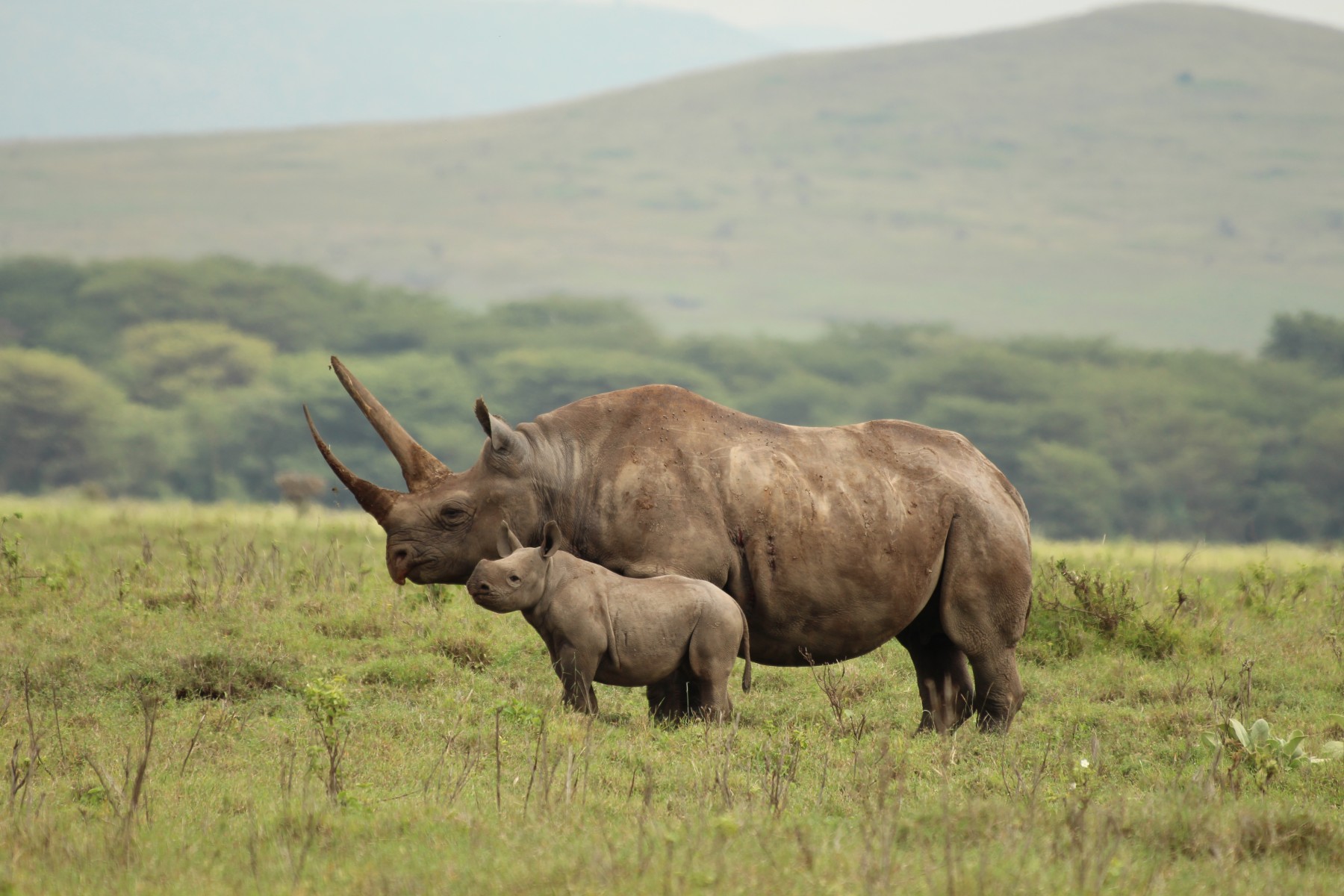By , and ,
Giant panda reclining in cloudy hills eating bamboo, European bison picking their way through gloomy and lichen-draped forests and Cape mountain zebra roaming arid mountains. Ideas of how and where these species live are fixed in the public imagination, in conservation practice and even in some species’ names – but they may simply be stereotypes.
can develop when research is carried out on a small, biased sample that isn’t representative of a species’ entire natural range. They often give an overly narrow, or just plain wrong, idea of what is needed for survival and breeding.
This problem is particularly acute after range declines, as something can’t be studied where it no longer exists. The idea that the giant panda is so often depicted as eating bamboo may be an artefact of them being rather than a quirk of evolution. In an ideal world, pandas would use a wider range of forest types and have a varied diet much more similar to other bears.
What this means for conservation is that protected areas may not be ideal for the species they are supposedly there to protect.
Similar to the common assumption that pandas prefer to live only on bamboo, there has long been a belief among conservationists that the critically endangered black rhino, given the choice, prefer to eat acacia trees.
But we thought that understanding of black rhino biology, including its diet, could also be a stereotype because habitat loss and the ongoing threat of poaching mean populations are mostly fenced into isolated reserves dotted across the species’ former range.
They are also an excellent test case for busting stereotypes because intensive anti-poaching monitoring has produced some of the most detailed information on births and deaths for any free-living species.
Rhinos struggling in their supposedly ideal habitat
We conducted research in three reserves across the Laikipia plateau in northern Kenya: Lewa, Ol Jogi and Ol Pejeta. This region’s upland savanna ecosystem is exceptional as it has maintained a community of large mammals that can mostly freely migrate. Black rhino however are fixed in place by special fences, and growing numbers mean that . The risk of new populations failing to establish themselves is heightened if the identification of new areas are based on a species stereotype.
Black rhinos are considered to mainly eat trees and to prefer acacia, distinctively thorny and often flat-topped. So when rhinos eat grass it’s taken as an indicator of poor habitat, or of competition with other tree and shrub browsers such as elephants.
The first hint of a stereotype was our finding that females in Ol Jogi have than those in Lewa and Ol Pejeta. This was surprising because Ol Jogi should be an ideal habitat.
The Ol Jogi landscape is classic East African savanna, with rocky outcrops standing proud above wooded grassland. In the dry season the green of the dominant acacia trees stands out against the straw-coloured grass and the red-brown earth. Acacia makes up a higher proportion of the trees here than on the other two reserves, so why should the black rhino population be struggling? By picking up dung and sequencing the plant DNA found within it, we have uncovered .
Rhinos actually prefer grass
The idea for this research was that how an animal’s diet changes from season to season can uncover what its preferred diet would be. For a savanna herbivore, there is far more to eat in the wet season so we expect that they should focus on finding the best food available. In contrast, in the dry season they should eat whatever they can get their teeth into.
In the wet season, we found that black rhino consistently ate less acacia and more grass. The more acacia a rhino ate in the dry season, the larger the shift away from it in the wet season. Together, this suggests that grass is actually a preferred food and acacia functions as a “fallback food”.
Importantly for conservation, females with larger seasonal dietary shifts, which were restricted to acacia in the dry season, bred more slowly. Most of the acacia-eating, diet-shifting, slow-breeding females live on Ol Jogi, whereas rhinos on the other two reserves could consume more grass year-round and breed more often.
The heavy reliance of Ol Jogi rhino on acacia as a fallback food, which leads to slower breeding, and the historically overlooked importance of grass, can at least partly explain why the population does not perform as well. This is crucial for black rhino conservation because habitats are deemed suitable or not largely based on the availability of trees, and particularly acacia.
Conservation may be incorrectly estimating how many rhinos reserves can support, and risk identifying areas where rhino will breed slowly, and be at risk of dying out, as prime habitat. Money and effort may be wasted by trying to conserve this iconic species in the wrong places.
More widely, many species are confined to small parts of their historic range. We cannot just assume that they have clung on in optimal habitat, where they live now may just be a historical accident. Conservation needs to explicitly test where and how species do best, or it may squander its limited resources and the best chances we have to prevent extinctions.![]()
, Postdoctoral researcher, and , University Research Fellow,
This article is republished from under a Creative Commons license. Read the .
Image credit: Nick Harvey Sky
